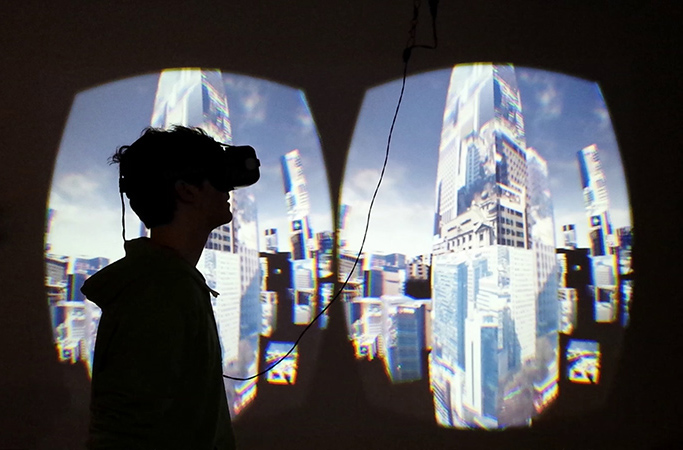Contents of the course
The desire to be immersed in images and to be physically present in a virtual world has shaped modern visual culture. Media-archaeologically speaking, the desire shows itself in so-called “old media”, such as the stereoscope and the panorama of the 18th and 19th centuries, as well as in the red-green 3D glasses made of cardboard from the 1990s and in today’s virtual reality glasses.
Immersive art primarily focuses on the spectacle of the experienceable image. Furthermore, immersive artworks are always shaped by innovations in image technology. Thus, the sensual experience of the three-dimensional image always goes hand in hand with the amazement at the technical innovations and possibilities of new media.
In the seminar we consider different immersive visual strategies within ancient and contemporary visual arts, performance and theatre. We deal with the terms immersion (Oliver Grau), spectacle (Guy Debord) and virtuality (Anne Friedberg) both discursively and in art practice. We are guided by the question of whether and how immersive art can exceed the spectacular value of immersive experience. What is the critical potential of the immersive art experience?
More information:
- Website of the Institute for Theatre-, Film- and Media Studies (Goethe University Frankfurt am Main)
- Course catalogue Goethe University Frankfurt am Main (login required)
- OLAT Digital learning platform Goethe University Frankfurt am Main (login required)


